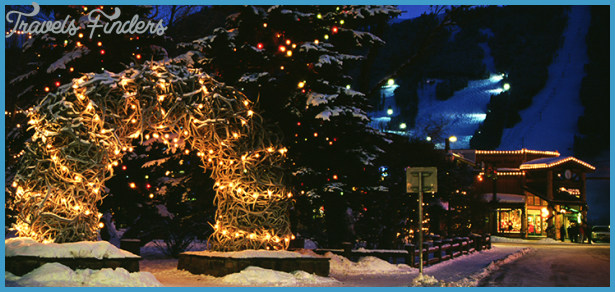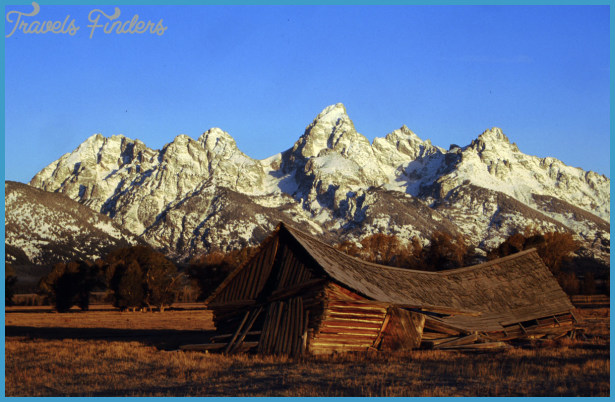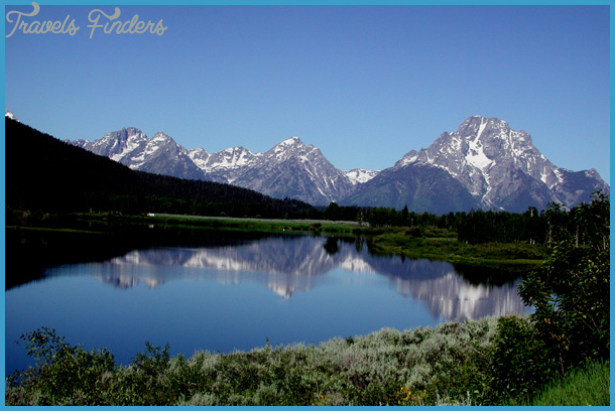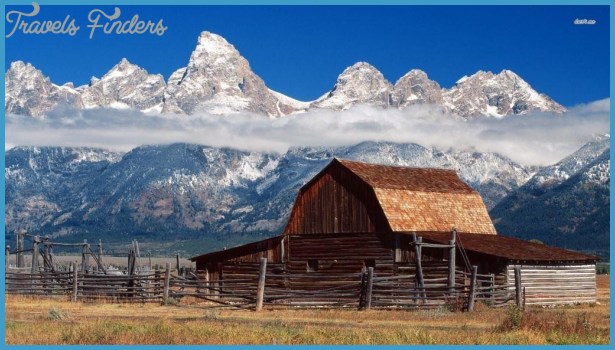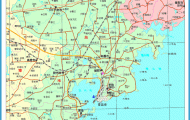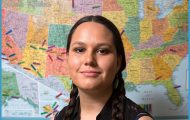Wyoming cultural contributions
The Mexican movement north to and settlement in Wyoming has added much to the state’s cultural landscape. Mestizaje, or the mixing of cultures, became a common practice for Spaniards one that followed them on their exploratory and colonizing efforts. Mestizaje in Wyoming was evident early on and became characteristic of fur-trapping culture. In order for one to succeed as a fur trapper or trader, one needed to be multilingual and attendant to many different groups’ cultural values, traditions, and customs. These skills most often were developed through interethnic marital unions between indigenous, African, and European peoples.
Census data shows that Wyoming Latinos have higher proportions of individuals racially identifying as white (50.1 percent) and as of two or more racial
Ruby Chacon’s Trabajo y suenos en todo los genraciones de mestizaje en Wyoming mural. Copyright © University of Wyoming, Movimiento Estudiantil Chicano de Aztlan (MEChA), 2006. Used by permission.
backgrounds (8.6 percent) than the nation as a whole (47.9 percent; 6.3 percent). In contrast, Wyoming Latinos have a lower proportion of individuals racially identifying as some other race (37.3 percent) than the nation as a whole (42.2 percent). With regards to specific Latino ethnic origin, Wyoming Latinos have a higher proportion of individuals identifying as some other Hispanic or Latino (22.9 percent) than the nation as a whole (17.3 percent).4
By the middle of the nineteenth century, vaquero and borreguero culture had left an indelible mark on the Wyoming livestock industry, blending many Mexican herding techniques with Anglo herding techniques. Mexican charros continue to be a popular mainstay of Cheyenne Frontier Days events. Traditional Mexican ballet folklorico dancing is performed locally throughout the state for many Latino and non-Latino cultural celebrations. Twentieth-century colonias further enriched the musical scene through popular dances for baptisms, marriages, scholarship fund-raisers, and cultural holidays featuring traditional accordion and orchestral bands.
Mexican and non-Mexican restaurant menus throughout the Cowboy State are incomplete without some type of green chili dish available for selection. Various meat, vegetarian, and dessert tamales are becoming increasingly popular at local farmer’s markets. Not as common publicly, but still popular for many Mexican Latino households are baked, fried, and boiled chicharones (pork skin/rinds/cracklings). Most recently, Central American papusas are beginning to leave their mark on the Wyoming Latino culinary panorama. The majority of the ingredients needed for these traditional dishes can now be purchased at Latino tienditas (grocery stores), tortillerias (tortilla factories), carnicerias (butcher shops), and panaderias (bakeries) that have appeared in select Wyoming communities.
Students, staff, and faculty at the University of Wyoming are working to increase awareness of Latina and Chicano aesthetics in various artistic expressions. With the cooperation of the theater and dance department, Alicia in Wonder Tierra, by Sylvia Gonzalez S. toured the state, performing at several elementary and junior high schools. The Chicano Studies program’s Hispanic Heritage Month Lecture series attracts nationally recognized authors and playwrights, such as Norma Cantu, Roberto Rodriguez, and Migdalia Cruz. The student organization Movimiento Estudiantil Chicano de Aztlan (MEChA) sponsors many cultural events ranging from Bailadores Azteca (Aztec Dancers) to Bajito y Suavecito (Low and Slow) Lowrider Car Show.
NOTES
1. Demographic data computed from information in Elizabeth Broadbent’s The Distribution of Mexican Population in the United States, (San Francisco, CA: R and E Research Associates, 1972).
2. Demographic data computed from information in Bureau of the Census, 1970
Census of Population: Characteristics of the Population, Wyoming; Vol. 1: Part 52, Tables 60,
129, 139 (Washington, DC: U.S. Department of Congress, 1973).
3. Demographic data computed from information in Elizabeth M. Grieco and Rachel C.
Cassidy, Overview of Race and Hispanic Origin; C2KBR/01-1 (Washington, DC: U.S.
Census Bureau, 2001).
4. Demographic data computed from information in Elizabeth M. Grieco and Rachel C.
Cassidy, Overview of Race and Hispanic Origin; C2KBR/01-1 (Washington, DC: U.S. Census
Bureau, 2001); Betsy Guzman, The Hispanic Population; C2KBR/01-3 (Washington, DC:
U.S. Census Bureau, 2001); and U.S. Census 2000 Summary File 1 (SF1) 100-Percent
Data, Table P8, Hispanic or Latino by Race [17] Total Population for Wyoming; and
Table PCT11, Hispanic or Latino by Specific Origin [31] Total Population for Wyoming.





